





Rain, thunderstorms & snowfall expected from Feb









Rain, thunderstorms & snowfall expected from Feb


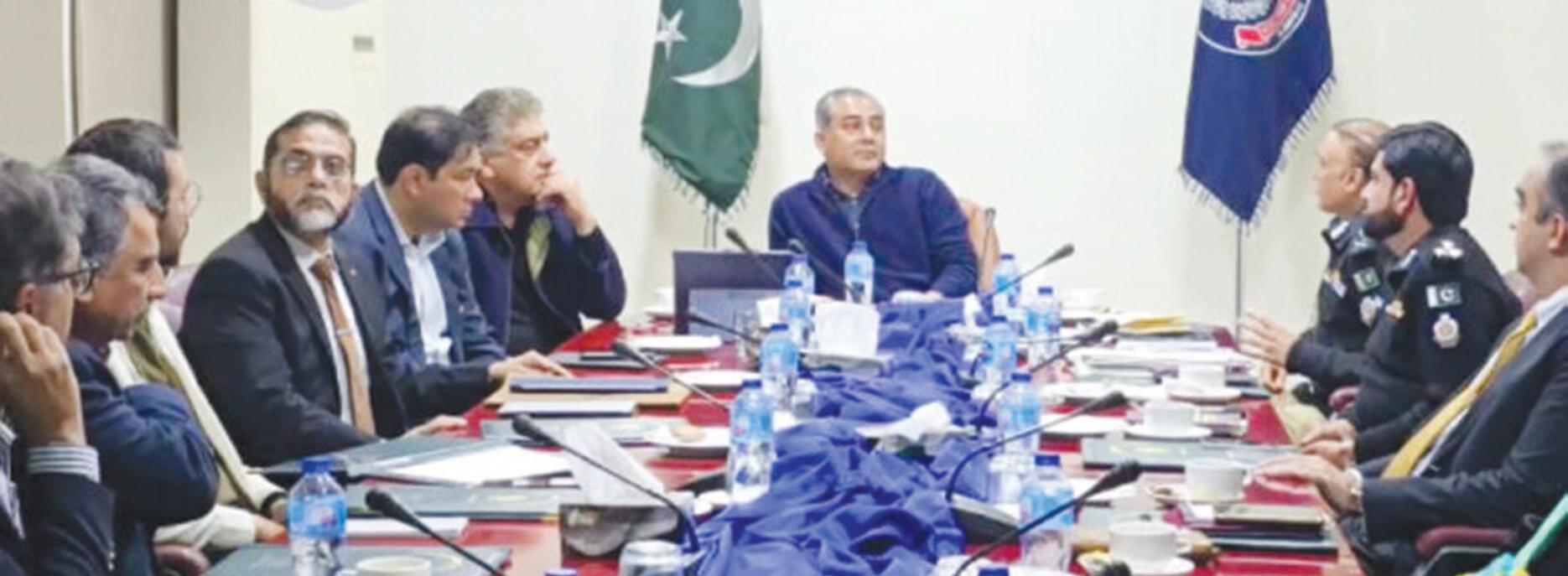
The government has announced a comprehensive plan to upgrade the National Police Academy (NPA) on modern lines, bringing it in line with the standards of Military Academy Kakul The decision aims to enhance police training facilities and improve law enforcement capabilities During his visit to the National Police Academy, Interior Minister Mohsin Naqvi presided over a highlevel meeting where he was briefed on the NPA’s upgradation plan The minister emphasized the need for state-of-
the-art training facilities to ensure that officers receive the
of professional training As part of the plan an Elite Force Training School will be established at the academy Additionally Technical Training Centers Indoor and Outdoor Firing Ranges, and a
s police force and aligning it with global policing standards

has been completed The phased removal of wild mulberry trees is ongoing as part of our commitment to eliminate pollen allergies from the region Simultaneously, we are planting new environmentally friendly trees to promote a healthier ecosystem Dr Mukhtar explained Dr Mukhtar emphasized that the action plan for cutting down trees in the H-8 and H-9 sectors near the Shakarparian area of the Margalla Hills has also been executed He said that by April, the remaining trees will be removed and the planting of environmentally friendly replacements will commence He said the government has demonstrated a solid commitment to controlling pollen allergies and improving the overall air quality for the residents of Islamabad


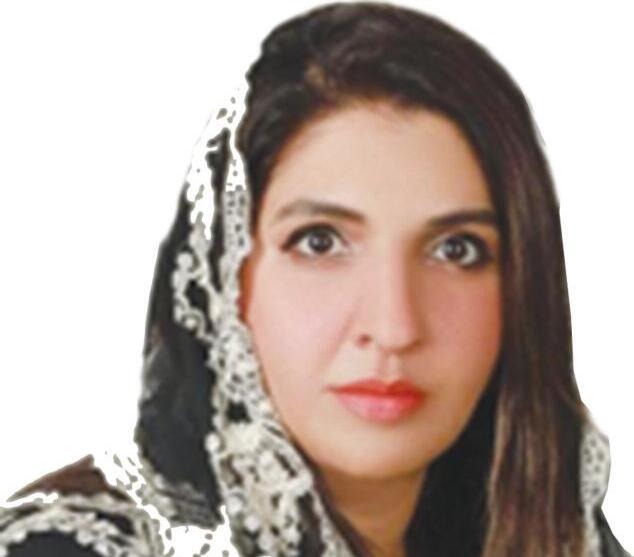

FS M and the Quest for National Integration in Pakistan provides a comprehensive analysis of the challenges and evolution of federalism in Pakistan The book explores into the theoretical framework of federalism its historical development and its impact on national integration With a strong emphasis on constitutional reforms, particularly the 18th Amendment, Dr Zaheer examines the interplay between federal structures and regional identities The book is an invaluable resource for scholars policymakers and students of political science interested in understanding Pakistan s federal dynamics
One of the book s primary strengths is its rigorous theoretical foundation Dr Zaheer introduces the concept of federalism through its historical and epistemological origins defining it as a governance model that balances power between central and regional governments He explains that federalism in its ideal form fosters cooperation and national cohesion while preserving regional autonomy However, in Pakistan, federalism has often been undermined by centralization, political instability and ethnic tensions The book presents a nuanced discussion of federalism’s advantages and disadvantages linking these theoretical aspects to the Pakistani context Dr Zaheer argues that federalism in Pakistan has remained largely a theoretical construct rather than a fully realized political system While constitutional frameworks have enshrined federal principles, their implementation has been inconsistent This has led to recurring tensions between the central government and the provinces particularly in regions like Balochistan and Sindh where demands for greater autonomy have been met with resistance from the federal authority The book provides an extensive historical analysis of federalism in Pakistan, tracing its evolution from the early post-independence years to contemporary times Dr Zaheer discusses key constitutional developments including the 1956 1962 and 1973 constitutions and their impact on federalism He highlights the failures of the 1956 and 1962 constitutions in establishing a strong federal system, ar-
guing that their centralizing tendencies contributed to regional alienation and political instability The discussion of the 1973 Constitution is particularly insightful Dr Zaheer notes that while this constitution laid the foundation for a federal structure, successive governments failed to fully implement its provisions leading to a persistent imbalance between the center and the provinces The book critically examines the role of military regimes particularly those of General Ayub Khan General Zia-ul-Haq and General Pervez Musharraf, in shaping Pakistan s federal landscape The military s preference for centralized governance, according to Dr Zaheer has often come at the expense of provincial autonomy and democratic governance A significant portion of the book is dedicated to case studies of Pakistan s four provinces Punjab Sindh, Khyber Pakhtunkhwa and Balochistan These case studies offer a detailed examination of regional grievances, historical injustices and the struggle for greater autonomy
P U N J A B: Dr Zaheer discusses Punjab s dominant position in Pakistan s political and economic landscape arguing that its disproportionate influence has fueled resentment among smaller provinces While Punjab has been the economic and political hub of Pakistan, its perceived preferential treatment in resource allocation and governance decisions has exacerbated tensions with other regions
S I N D H: The book highlights the ethnic and political complexities of Sindh, particularly the divide between the urban Muhajir population and the rural Sindhi populace Dr Zaheer examines the rise of the Muttahida Qaumi Movement (MQM) and its demands for greater representation as well as the broader issue of Sindh s economic grievances and water distribution conflicts
K H Y B E R PA K H T U N K H WA: The analysis of Khyber Pakhtunkhwa focuses on its historical struggle for provincial rights and its role in Pakistan’s broader security dynamics The book discusses the impact of the war on terror on the region and how federal policies have influenced local governance
B A L O C H I S TA N: Perhaps the most compelling section of the book is its discussion on Balochistan, which has long been a center of conflict between federal authorities and regional nationalist movements Dr Zaheer examines the historical roots of Balochistan s grievances including economic marginalization resource exploitation and human rights violations The book underscores the need for meaningful dialogue and political accommodation to address the province s concerns and foster national integration A key focus of the book is the 18th Amendment to the Constitution of Pakistan which Dr Zaheer describes as a milestone in the country’s federal evolution Enacted in 2010 the amendment aimed to decentralize power and grant greater autonomy to
provinces Dr Zaheer provides a critical analysis of the amendment s impact noting both its successes and limitations While the amendment was a step toward strengthening federalism, challenges remain in its implementation, particularly


AThe
attributed this difference to the river-view as most
mostly stay in the
Moreover rivers provide recreational activities such as fishing, boating, sightseeing, swimming, and kayaking, promoting outdoor recreational industries River based activities and recreation do not only have direct spending but indirect spending in retail entertainment and transportation which is why river-based economy plays far better part in the development and sustenance of local communities In the upper regions of Swat there are hundreds of handicrafts, dry fruits, and antiques shops especially opened for tourists and is a major source of livelihood Environmentally in the hot summer the valley s weather is quite moderate This river is supporting a wide range of flora and fauna The river has great importance in the folklore, poetry and local culture of the communities living by
the bank of the river Given such a significant backbone of the local economy river Swat should have been protected from contamination, over construction and hydropower projects designed to convert the river into the tunnels However that has not been materialized but in recent years many hotels and other commercial buildings have been constructed over the banks of the river Swat, shrinking the riverbed as well as endangering lives as flash floods have always swept these hotels and markets Local administration and government representatives have failed in formulating policies and taking measures aimed at protecting the river Local administration is also non serious regarding the contamination of the river as most of the sewerage pipes and other garbage are dropped in the river regularly This not only contaminates the waters and environment but also endangers the aquatic life Furthermore the Pedo designed hydropower projects poses an existential threat to the river as they are supposed to turn the waters of the river into tunnels at multiple places between Bahrain and Gabral The lack of proper pre-assessment of the area of influence makes the hydropower project a disaster for the locality and the river This river is providing livelihood opportunities to the local populations however the government is dread set to destroy the river in this already marginalized and downtrodden region There can be many alternatives for the production of electricity including solar, wind and dams but turning a river into tunnels which was there for thousands of years is so irrational
The government must be prudent in the construction of hydro power projects electricity at the cost of ruining local communities is insane
The writer is a freelance columnist
s h u a n d G a b r a l r i v e rs i n K a l a m . T h e r e a r e m a ny o t h e r t r i bu t a r i e s t o i t i n cl u d i



US Secretary of Defenqe Pete Hegseth left European defence ministers in shock during a meeting in Brussels on February 12, as he unequivocally stated that European security is no longer a primary focus of the USA Hegseth s blunt remarks reinforced what had already been evident for years Washington s strategic priorities were shifting, and Europe could no longer rely on the USA to guarantee its security as it had during the Cold War and its aftermath This shift, however is not an abrupt departure but rather the culmination of a long-term recalibration of US foreign policy that has been years in the making The realignment of US strategic interests has been influenced by the rise of new threats, particularly in the Asia-Pacific region Over the past two decades, China has emerged as a dominant global power rapidly expanding its economic influence and military capabilities Beijing s assertiveness in the South China Sea its modernization of the People s Liberation Army, and its growing technological advancements have compelled the USA to refocus its military and diplomatic resources on countering China’s rise This shift was first formally articulated during the Obama Administration s Pivot to Asia policy which sought to strengthen US alliances in the Indo-Pacific while reducing the overreliance on US military commitments in Europe The Trump Administration further accelerated this trend by questioning NATO’s value and advocating for a redistribution of responsibilities among allies The Biden Administration despite its commitment to transatlantic ties continued pressing European nations to increase their defence spending Now, with Trump s return to office in 2025, the de-prioritization of Europe appears to be taking full effect
Europe s military capacity has long been a point of contention While the European Union collectively possesses substantial economic resources, its ability to independently secure the continent remains questionable Despite NATO s continued presence European nations have underinvested in their own defence for decades relying instead on US military power Even though European NATO allies and EU member states outspend Russia by a factor of four on defence, the continent remains highly dependent on the USA for logistics intelligence and nuclear deterrence The European Security and Defense Policy (ESDP), established in the late 1990s, aimed to provide the EU with autonomous military capabilities, but its effectiveness has been limited Europe lacks a unified command structure and individual nations often have conflicting strategic priorities France and the United Kingdom the two most militarily capable European nations have led calls for a stronger continental defense posture, but progress has been slow The reluctance of many European countries to meet NATO’s defense spending target of two percent of GDP has only reinforced Washington s perception that Europe is not taking its security responsibilities seriously In light of these realities, Hegseth s remarks in Brussels did not emerge in a vacuum The belief that Europe is “freeloading” on American security commitments has been a persistent theme in the US foreign policy discourse The post-Cold War era saw NATO shifting from a collective defense organization to a collective security entity engaging in conflicts outside Europe, such as in Kosovo, Afghanistan, and Libya However, as the USA’s strategic focus turned toward the Indo-Pacific maintaining extensive mil-
itary commitments in Europe became increasingly difficult to justify With China s rise demanding greater attention and resources, the U S military presence in Europe has gradually diminished The closure of American military bases across the continent and the withdrawal of troops underscored this shift signaling that Europe must now take primary responsibility for its own security Domestic political and economic considerations within the United States have also played a significant role in this transformation American public opinion has grown increasingly skeptical of the country s role as the world s security guarantor The prolonged military engagements in Iraq and Afghanistan, coupled with mounting national debt, have led to a reassessment of foreign policy priorities Successive administrations have faced growing pressure to prioritize domestic concerns over international commitments Budgetary constraints have further driven the push to redistribute the burden of security among allies With U S voters demanding a focus on economic stability, infrastructure and social programs at home policymakers have found it politically expedient to reduce defense expenditures abroad particularly in regions where allies are perceived as capable of sharing the burden The Trump administration was instrumental in accelerating this shift Trump’s “America First” doctrine questioned the foundational assumptions of U S alliances arguing that NATO was an outdated and costly arrangement that unfairly benefited European nations His administration repeatedly pressured NATO members
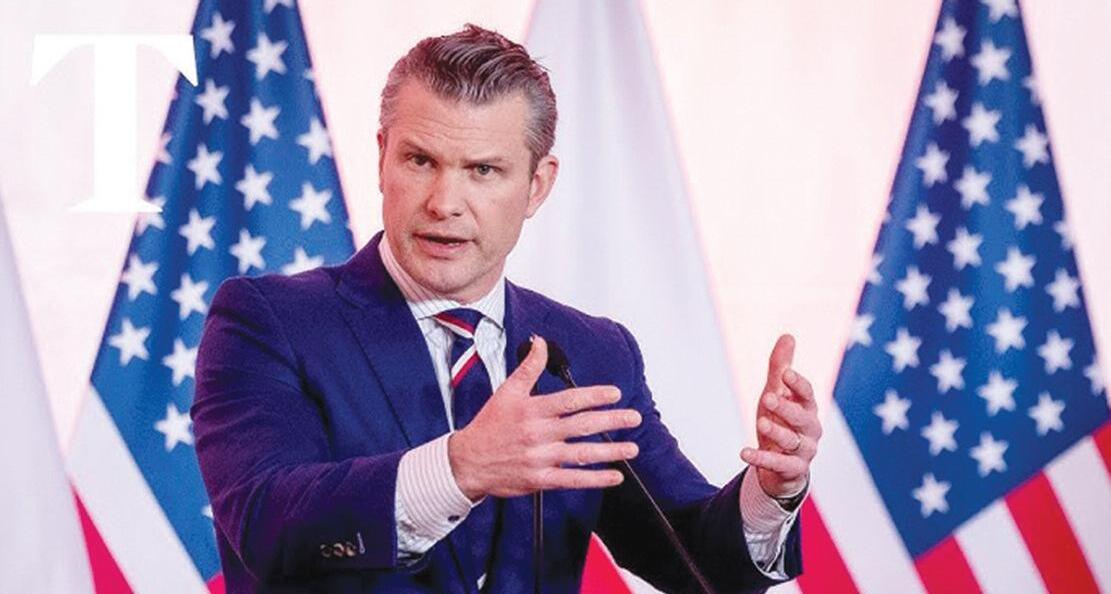
The slow but steady recalibration of US foreign policy underscores a fundamental reality: the era of unquestioned US commitment to European security is over. While NATO is unlikely to dissolve overnight, its role will inevitably evolve as Europe assumes greater responsibility for its defense . The USA, now preoccupied with countering China and addressing domestic challeng es, has made it clear that it expects its allies to step up The transatlantic alliance must adapt to these new realities, forging a par tnership based on shared responsibilities and mutual interests
l i t y
Gafni and his friends see themselves as untouchable They believe they are above scrutiny and above accountabilit y
Even with Jordan and Egypt refusing to take in expelled Palestinians, Trump is charging on with his real estate development plan
The US currently sends Egypt $1 5 billion per year, mostly in the form of military aid


Tveteran haredi (ultra-Orthodox) MK Moshe Gafni was in full swing when Eyal Eshel, father of Roni Eshel – a female surveillance soldier brutally murdered on October 7 – addressed Gafni directly
“MK Gafni, I have one
who has been in the Knesset for almost 40 years refused to even meet the gaze of a grieving father This is the level of contempt Gafni and others in this government have for the citizens of Israel – people whose loved ones paid the ultimate price because of their failures Gafni and his
aides in question? Ofer Golan a longtime spokesman for the
family; Jonatan Urich one of the
minister s closest advisers; and Israel Einhorn another campaign strategist who is also entangled in the leaked intelligence documents affair inside Netanyahu s office Yet the real story wasn’t the indictment itself It was the response Golan and Urich put out “After six years of torture after the Supreme Court ruled that police actions were illegal State Attorney Amit Isman has the audacity to file a two-paragraph pathetic indictment If they want war they ll get war Read that again: If they want war, they ll get war This wasn t a statement from some fringe members of society These are two current senior advisers to the prime minister – men who sit in on classified security discussions, have access to the country’s most sensitive secrets and to the most powerful politician And when confronted with criminal charges they didn t say: We look forward to clearing our names in court They issued a threat This isn t how public servants speak This is how the mafia speaks No humility No accountability Just war
LUXURY SUITES: The third moment easily lost in the endless churn of Israeli news happened on Monday just two days after Or Levy Ohad Ben-Ami and Eli Sharabi were released from Hamas captivity They emerged from almost 500 days of captivity, shadows of their former selves, evoking painful echoes of a darker time in Jewish history Where was Netanyahu when this happened? Not in Israel His meetings with Trump and other officials had long ended yet he chose to stay in Washington – spending the weekend in a luxury hotel suite Could he have returned? Of course This is precisely why Netanyahu fought to have the state s private jet Wing of Zion at his disposal
Even Shabbat is no excuse, not that Netanyahu is exactly observant But even if he were, being in Israel for the return of hostages is the very definition of pikuach nefesh, the principle that saving lives overrides religious restrictions On Monday when Netanyahu had finally returned from his trip he appeared in court to take the stand in his ongoing corruption trial and launched a tirade against the prosecutors For eight years, you ve been dragging me through this hell, he fumed For what? Have you no shame? Hell?
Thirty-six hours earlier, three hostages had stepped out of a tunnel where they were kept for nearly 500 days They had actually been through hell And Netanyahu? He had just checked out of the Willard a five-star hotel
To call his legal troubles hell – after he and his lawyers spent years using every trick in the book to delay the trial –is not just tone-deaf It is a profound disconnect from reality
That’s just part of the story Since October 7, Netanyahu has flown to the US three times How many times has he visited Kibbutz Nir Oz for example the place where one in four residents was either murdered or abducted by Hamas? Not once
This is not what leadership looks like Real leaders don t just take credit for the good They bear responsibility for the bad They stand with their people also in



million Palestinians living in Gaza though he walked back from his threat to withhold billions in aid to Egypt and Jordan unless they assisted Sitting next to Jordanian King Abdullah II at a White House press conference, Trump said he was above threatening U S allies in order to facilitate his idea of expelling all Palestinians from Gaza He also promised that taking over Gaza would come at no cost to Americans “There’s nothing to buy We will have Gaza No reason to buy There is nothing to buy it s Gaza it s a wartorn area, we re going to take it, we re going to hold it, we re going to cherish it, Trump said For days, Trump has been repeating his vision of a Gaza free of Palestinians and placed under American control The Arab world has rejected the idea especially the countries that Trump has singled out as potential hosts for the transplanted Palestinian population: Egypt and Jordan In the face of that resistance, Trump floated the idea of yanking the billions of dollars in military assistance and foreign aid sends to Egypt and Jordan long viewed as the price the U S must pay to maintain those countries peace agreements with Israel The U S has sent Egypt billions in military aid since the signing of its 1979 peace treaty with Israel in the wake of the Camp David Accords It currently sends Egypt $1 5 billion per year, mostly in the form of military aid “I don’t have to threaten with money ” Jordan’s 1994 peace treaty with Israel is likewise undergirded by

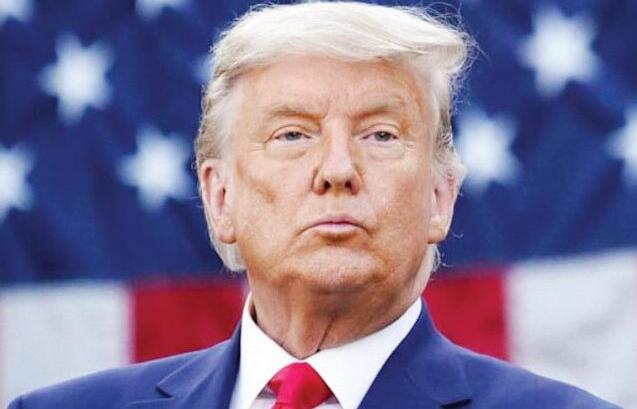

TThe less prepared our communities are for security, the easier our job becomes Some actions on the ground can help us build trust the weakest link in the chain
The climate conference to be held in the UAE next month will begin revising the Nationally Determined Contributions (NDCs) process for all countries, including Pakistan The changes will be based on the recommendations of the international market that will be presented at the meeting This gives the interim government the opportunity to launch the country s products to assess the reality of our situation in Pakistan’s development process to combat the mood of change A national stocktake can be timely and informative
First of all Pakistan has not yet
achieved a national goal that maintains its development priorities and has been discussed and approved by the Parliament and its committees or the Cabinet and its expert bodies such as the National Economic Council and the Ministry of Finance Executive Committee of the National Economic Council Likewise there are still no guidelines timelines or financial allocations for public investments in climate protection This failure leaves the future of millions of people facing discontent, disadvantage, exclusion and uncertainty As civil society projects remain vulnerable to climate change Pakistan continues to use PC-1 performance for the first time This does not help Pakistan establish baseline information on climate change and mitigation spending, sign up for climate finance, or develop financial plans It is not surprising that Pakistan has not been successful in attracting international financial security leveraging private capital or creating a collaborative public-private ecosystem In many ways, the country is still dealing with first-generation policy planning and policy documents without analyzing their impact on implementation Pakistan s first climate policy created in 2012 committed to a list of 735 actions including 242 priorities to be completed by 2015 Half of these often go unnoticed because they lack priority, budget or dialogue With relevant employers Ironically the revised version of the 2021 security policy has once again been published only a longer document A different climate policy is being adopted in the Pakistan NDC which was submitted to the UNFCCC (Climate Change) Secretariat in 2016 As if that wasn’t enough, the Climate Change Act
2017 also created a parallel creating a climate change climate finance and (Governance) Commission They hope to replace the weather service While the first two meetings have not been announced yet, the board of directors held its first meeting last year Despite the Eighteenth Amendment, a shift toward better federal control occurred Efforts by states to develop their own security regulations have been hindered if not weakened The revised NDC 2021 is not done with national and state policies in the country’s air, water, agriculture and other sectors Ironically this was not determined by the findings of the second national communication on national emissions levels sent to the United Nations Framework Convention on Climate Change in the same year SNC reports on the alarming situation of greenhouse gas emissions in Pakistan; It recorded an increase of 170% from 1994 to 2018 and a staggering 230% growth is expected from 2018 to 2030 These estimates are based on an extremely optimistic forecast: 7% economic growth, a threshold that has not been touched since the 1960s The International Monetary Fund now forecasts just 0 5% growth in spending in 2023 So there is a clear reason for cuts to the Third Country Information and National Data Centre Reducing agricultural emissions and making them significant is not a factor The foundation of Pakistan’s National Data Center or National Adaptation Plan was approved in July this year The information provided in SNC provides a basis for research based on policy development in Pakistan As well as developing the National and Provincial National Action Plan Implementation Action Plan Pakistan should also re-evaluate its




commitment to the National Data Center when assessing the country Pakistan has committed to reducing in the region: i) 60% of its energy needs through the Recovery Program ii) providing vehicle electrification for 30% of new vehicles, and iii) postponing new power plants and two new coal power plants in favour of hydroelectric power plants Policy changes clearly need to be made
On the reform front NDC commits to sequester 84 MtCO2e in Pakistan over the next 10 years by investing $800 million annually from national resources Forestry programs to reduce emissions will need to be updated not only because implementation needs to be independently verified but also because the program is not continuing with the same vigour and vigour
National stocktake only paves the way for major emissions reductions Discuss Pakistan’s biggest problem This may herald Pakistan s intention to reform and take steps towards establishing an air defence system The global landscape of international financial security is highly complex and often inaccessible to developing countries
A careful analysis of where we live will contribute to our region by developing and updating the organisation s capacity and capability deepening our understanding of how resilient and attainable the world s financial security is, and understanding how climate-responsive financial security investments are attractive to domestic investors and international capital Most importantly it will help increase Pakistan s credibility
Musa Nisar is currently in his final year of A-Levels at Aitchison College, Lahore








CDA Chairman leads meeting for spring


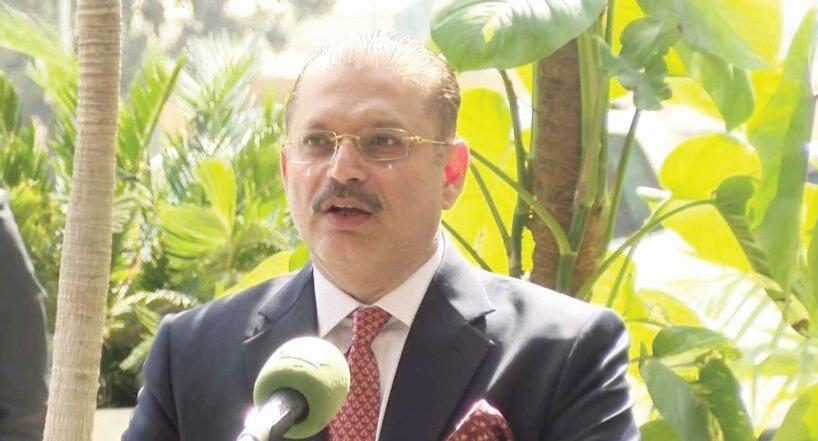

S TA F F R E P O R T
The National Vocational & Technical Training Commission (NAVTTC) is the apex body responsible for regulating, facilitating, and promoting technical and vocational education and training in Pakistan NAVTTC is committed to empowering the youth with skills that drive economic growth and national development The National Vocational & Technical Training Commission (NAVTTC) is proud to announce the official launch of the “TVETOMETER”, a groundbreaking initiative designed to provide a comprehensive and empirical snapshot of Pakistan's Technical and Vocational Education and Training (TVET) landscape The TVETOMETER offers invaluable insights into the distribution of TVET institutes, teacher demographics, and key trends across all provinces, Azad Jammu & Kashmir (AJK), Gilgit-Baltistan, and Islamabad Capital Territory This innovative tool is set to serve as a critical resource for stakeholders enabling them to identify gaps improve inclusivity and enhance the quality of technical and vocational education across the nation The launch of the TVETOMETER marks a significant milestone in efforts to strengthen Pakistan's TVET sector By providing data-driven insights, the aim is to empower stakeholders to make informed decisions and foster a more inclusive and effective technical education system The NAVTTC has undertaken this initiative as part of its commitment to providing high-quality technical and vocational training throughout Pakistan
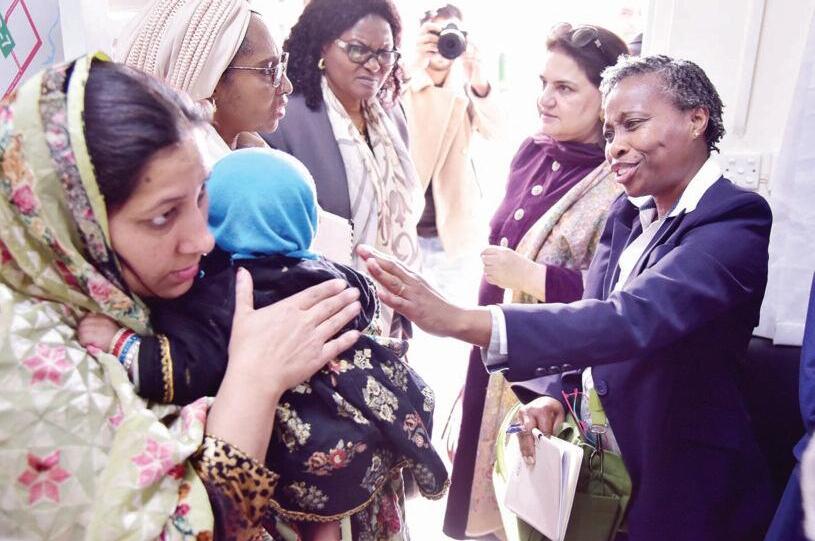

Paul BONMARTIN, Lonkhululeko MAGAGULA Marlene Suzie NZENGOU Tauqir
SHAH Mercy TEMBON Shadiya ADAM Karl BACH and other
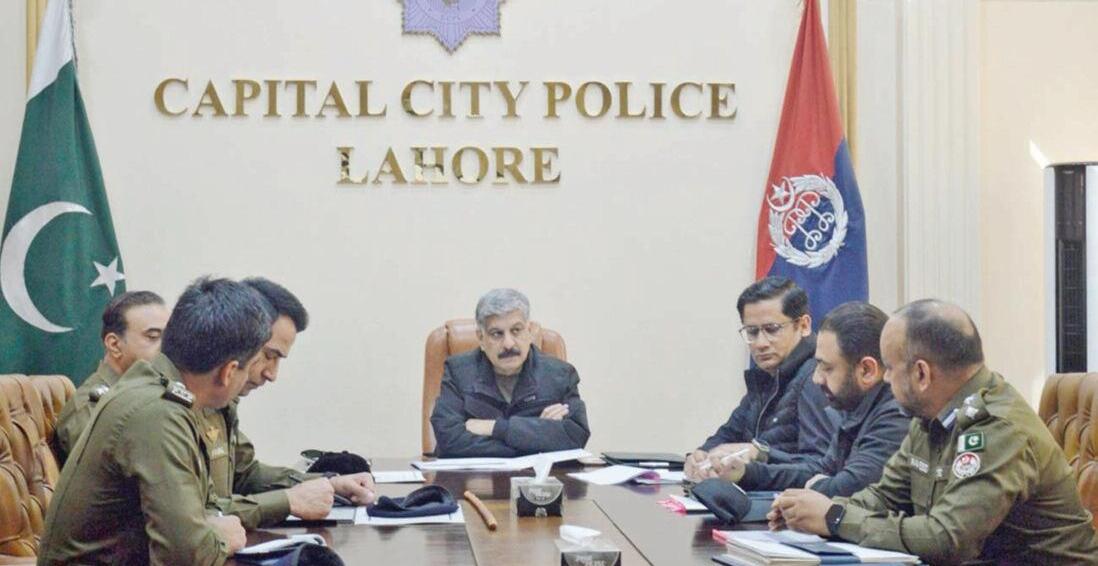



The Sindh High Court has approved the judicial magistrate’s request for the exhumation of Mustafa Amir s body in connection with his murder case in Karachi
The court has also ordered the prime suspect, Armaghan Qureshi, to be presented tomorrow
During the hearing on the appeal filed by the Prosecutor General of Sindh the court directed the production of Armaghan at 9:30 AM tomorrow and adjourned the session
The Sindh High Court has also sought records from the AntiTerrorism Court (ATC) The Prosecutor General has requested the
annulment of an order dismissing the case against a police team and permission for Armaghan’s physical remand
In City Court police submitted an exhumation request to the judicial magistrate which was granted
The court has ordered the formation of a medical board to conduct a post-mortem and collect DNA samples from Mustafa’s remains
Earlier The police have filed a request for the exhumation of Mustafa Amir s body stating that it is essential for conducting a postmortem and DNA analysis
He had been missing since January 6 and was allegedly murdered by his childhood friends, who later burned his body along with his car Further revelations have come
from Armagan s friend, Shiraz, who claimed that Mustafa and Armagan had a dispute over a girl during New Year ’s Eve The disagreement led to Armagan luring Mustafa to his house under false pretenses on January 6 where he violently killed him
ported his body in the car
sponsible for burning the car and disposing of the body
Meanwhile, police recovered modern weapons from the suspect’s residence, and the CounterTerrorism Department has been assigned to trace their origin
